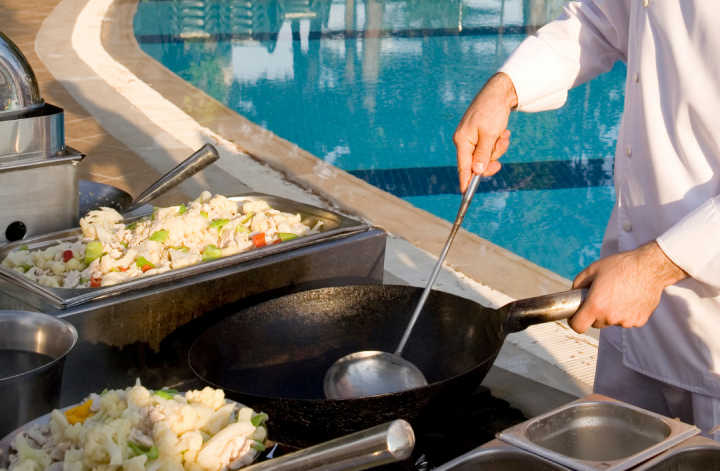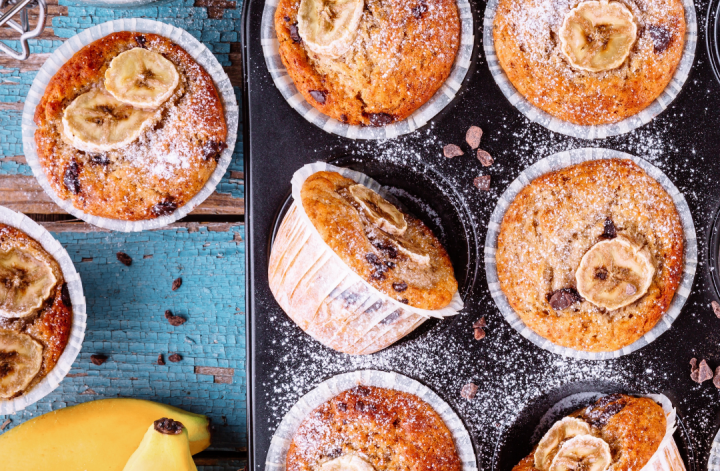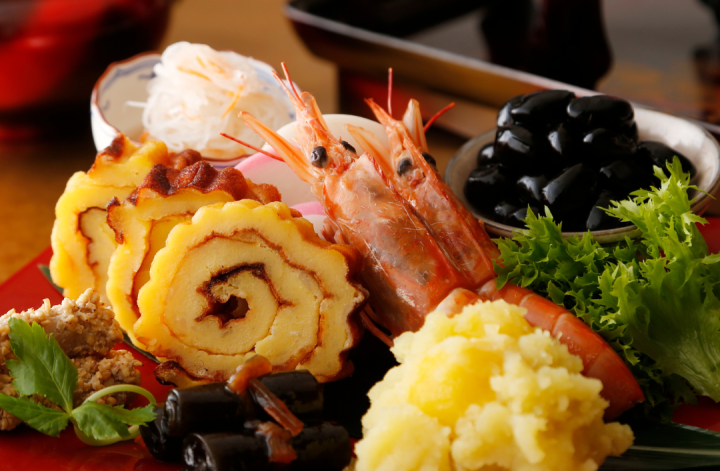Cooking is an art, just like painting or sculpting. How you cook food, also like how you paint, will have a significant effect on your final product. Cooking techniques can be broken down into three main categories: air-frying, braising, and stewing. These methods of cooking have a number of benefits, but there are also a few downsides to each of them.
Cooking techniques can reveal a lot about a chef. They reflect their personality, culinary style, and level of expertise. Knowing the difference between sautéing, pan-frying, roasting, sautéing, and stir-frying is one thing, but understanding the skills behind them takes some training. So, what are the most fundamental cooking techniques?
The Importance of Basic Cooking Techniques
When cooking, there are countless ways for you to achieve the desired taste. Some of them have been mentioned below for your convenience.
- Sauteing – Sauteing food has a way of tricking your taste buds into eating more. Sure, it can be a bit tedious, but if you can master this cooking technique, you will be rewarded with delicious, healthy, and delicious meals. Never fear, though; not all of us are born chefs, so here are some tips on how to properly sauté food.
- Boiling – Boiled foods are one of the simplest to prepare, and with a few simple tips and tricks, you can transform boiled foods into flavorful dishes. Although there are no hard-and-fast rules for boiling, there are a few factors that can make or break your boil. First, you should keep an eye on your heat. If the water is too hot or cold, then the food will toughen or overcook, respectively. Secondly, the food should be covered but not submerged. This will prevent any food from boiling over while cooking. Check periodically to make sure any food that has boiled over is skimmed off to avoid an unsightly, unappetizing mess. Lastly, when the food is boiled, it should be removed immediately from the water to prevent it from overcooking.
- Grilling – Grilling is an enjoyable and versatile cooking method that lets you savor delicious flavors while enjoying the outdoors. When you grill, you have the opportunity to create succulent dishes from juicy steaks to perfectly charred vegetables. It’s a method that encourages healthy cooking, as excess fats can drip away from the food. Grilling also adds a delightful smoky aroma and flavor to your meals. Whether you’re using a gas grill that runs on propane — available at dutchoil.com and similar platforms — or prefer the traditional charcoal approach for that authentic taste, grilling can be a fantastic way to gather with friends and family for memorable outdoor feasts.
- Simmering – When cooking, we don’t want to throw some ingredients in a pot and walk away, especially when dealing with soup. While simmering is one of the simplest cooking methods, it’s an important one to master because it can make the difference between a soup that tastes like a bowl of liquid and one that is flavorful and aromatic, full of body. Simmering helps break down tougher cuts of meat and release their flavors, and it tenderizes dense vegetables, such as root vegetables, making them more digestible.
- Baking – Baking is essentially the culinary art of cooking food using dry heat, typically in an oven. It’s a technique that transforms raw ingredients into a wide array of delicious treats, ranging from bread and cakes to cookies and pies. Also, it is like the heart and soul of cooking. Just think about baking a cake from scratch, or sliding a homemade pizza into your garden oven installed by companies like Valoriani UK, or elsewhere! It’s pure fun, isn’t it? And that’s why baking is so darn popular. There is something special about mixing together ingredients, popping them in the oven, and then watching as they transform into something utterly mouthwatering and delicious.
- Stewing – If you’re new to cooking and want to get a bit more adventurous in the kitchen, stews are a great place to start. Their slow-cooked nature allows flavours to develop gradually, making the process forgiving for beginners. Stews often include a mix of meat and vegetables, letting you experiment with proteins like chicken, beef, pork, lamb, turkey, fish, or even tofu, alongside vegetables such as carrots, potatoes, beans, corn, cauliflower, tomatoes, onions, or leafy greens. Many learners turn to online food platforms for guidance when exploring different combinations, especially when trying classic lamb recipes that work beautifully in hearty stews.
- Roasting – Roasting is a cooking technique used often by professional chefs, but it’s also something that beginners can master. Roasting beef, chicken, and vegetables can bring out the natural flavors and juices of whatever you’re cooking. To roast food, you cook it by dry heat in the oven until the internal temperature reaches 160 degrees Fahrenheit.
Have We Missed Any Essential Cooking Techniques?
Cooking techniques may seem like an insignificant part of preparing for mealtime, but preparing foods properly is vital to getting the most out of every meal. Years of research have shown that they are at their most nutritious when prepared and eaten as soon after being cooked as possible when cooking foods. Cooking techniques are important, but so are the tools you use.
Cooking is an art form, and we would all love to be able to cook like a professional chefs. However, cooking is not just a talent you either have or don’t; cooking is a skill that can be mastered with practice. Still, there are many “essential” cooking techniques most of us forget to include in our repertoire.




